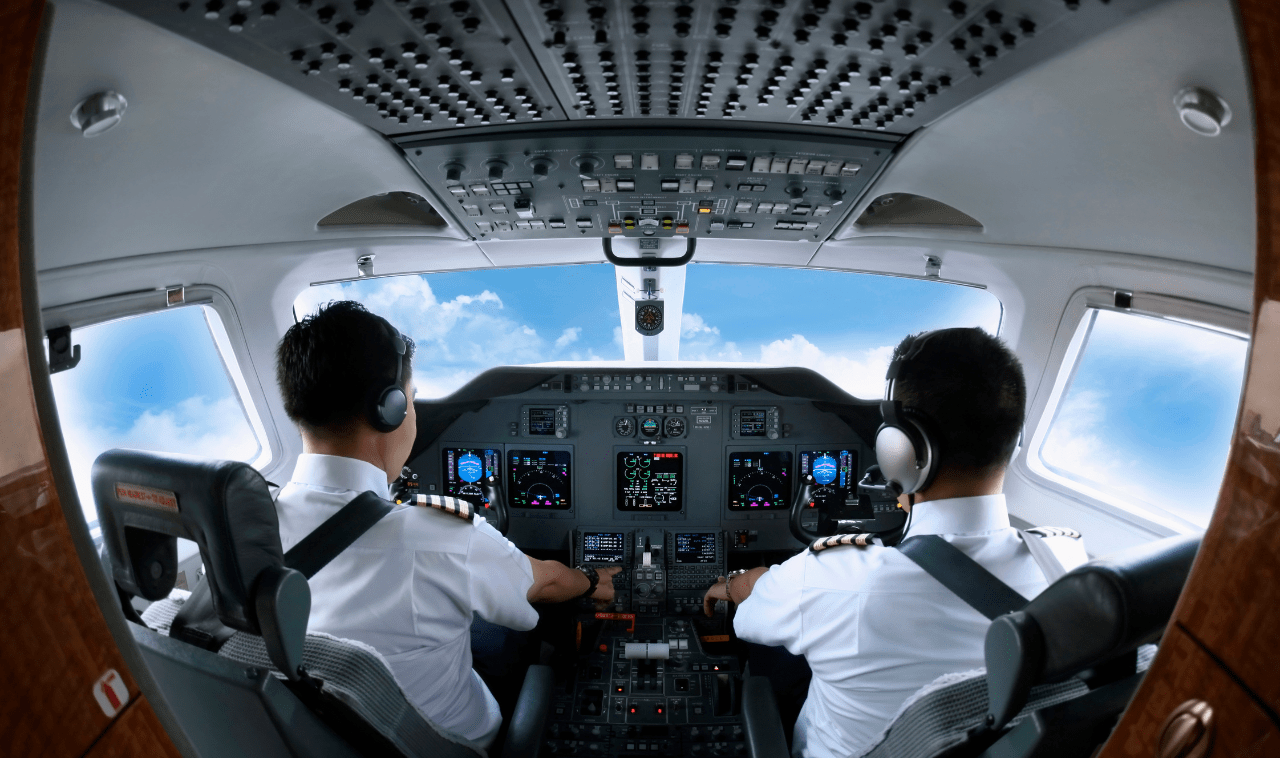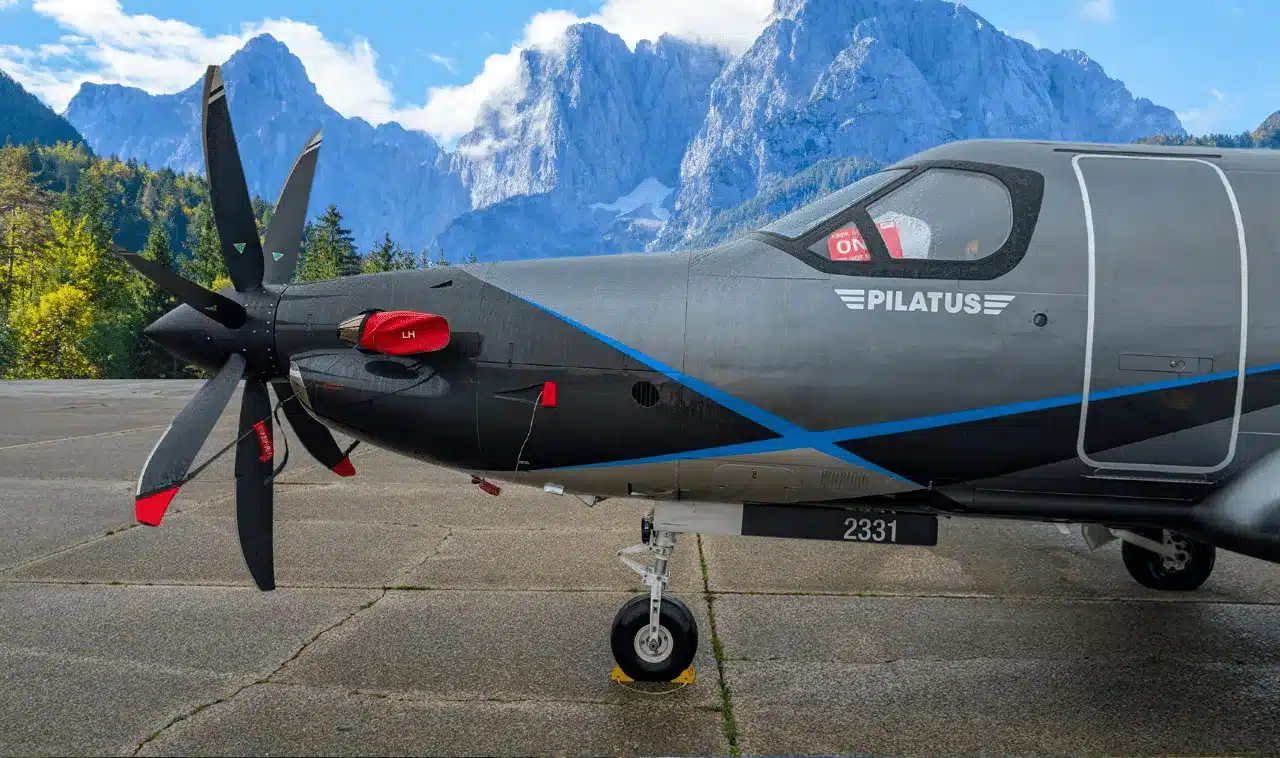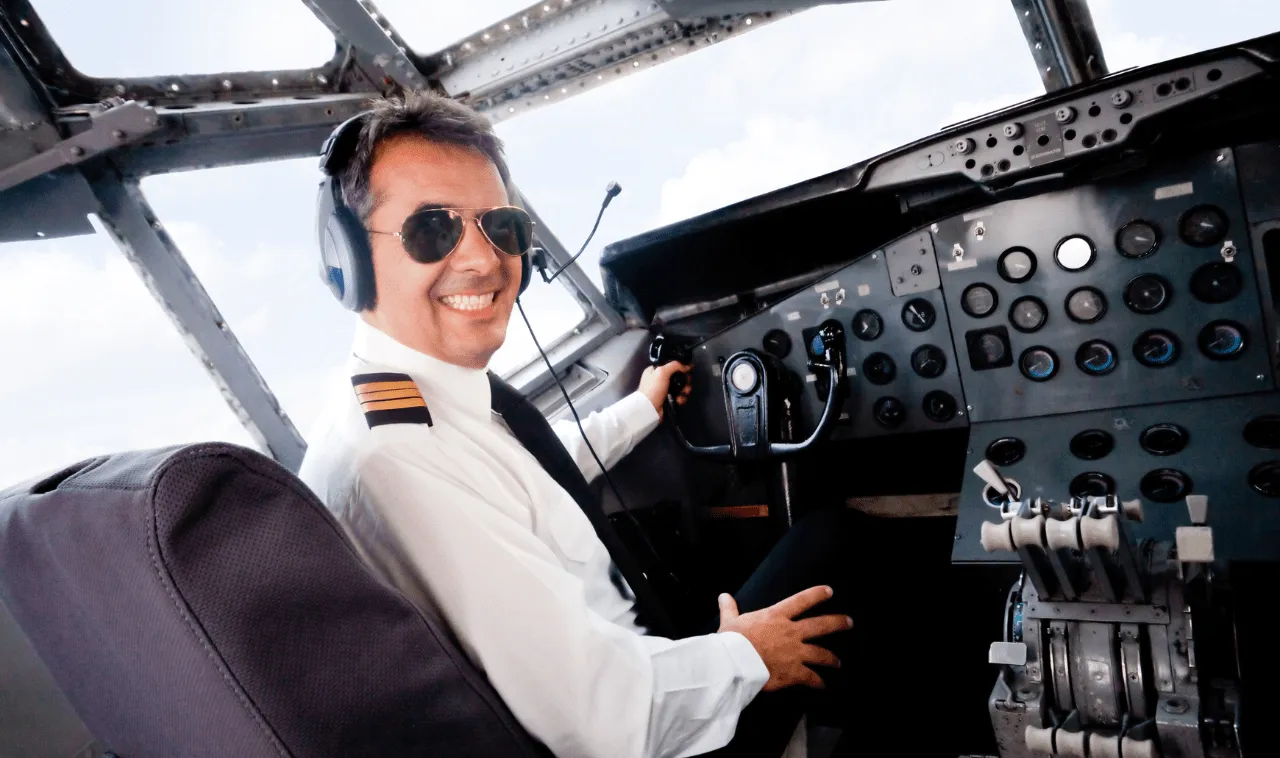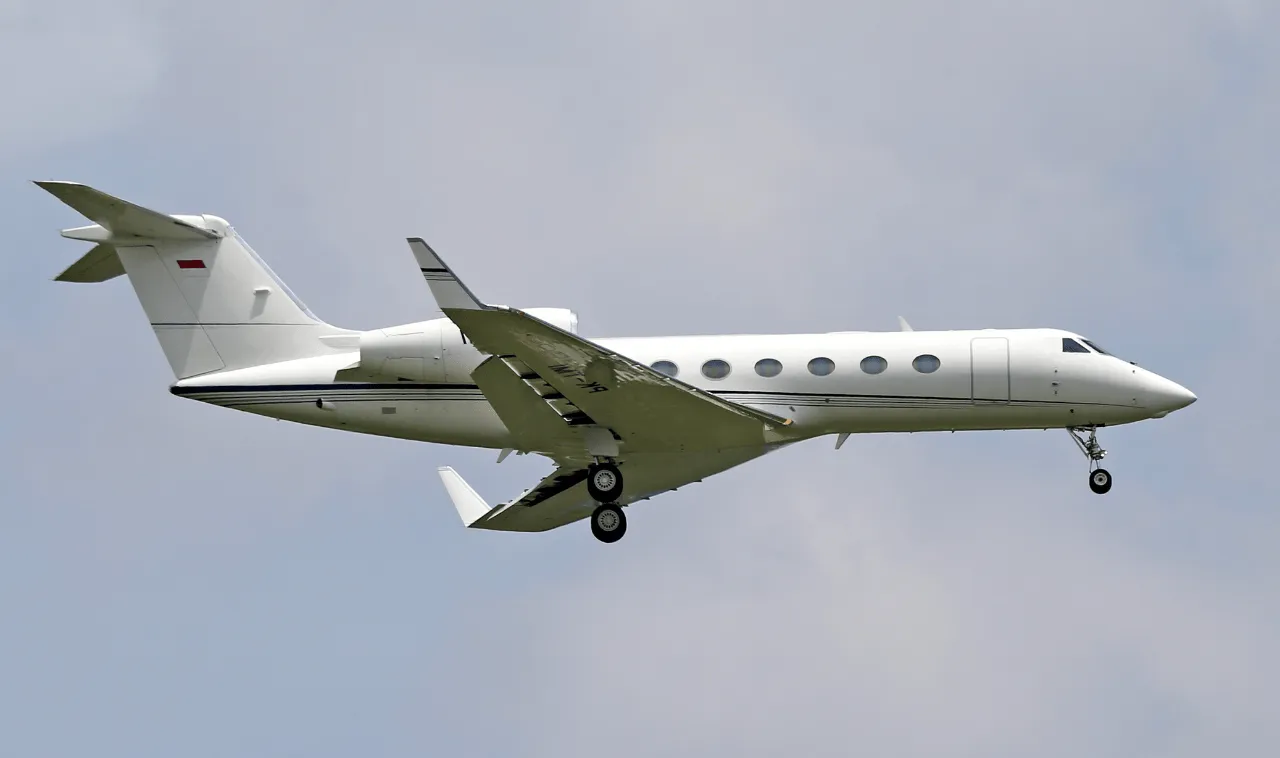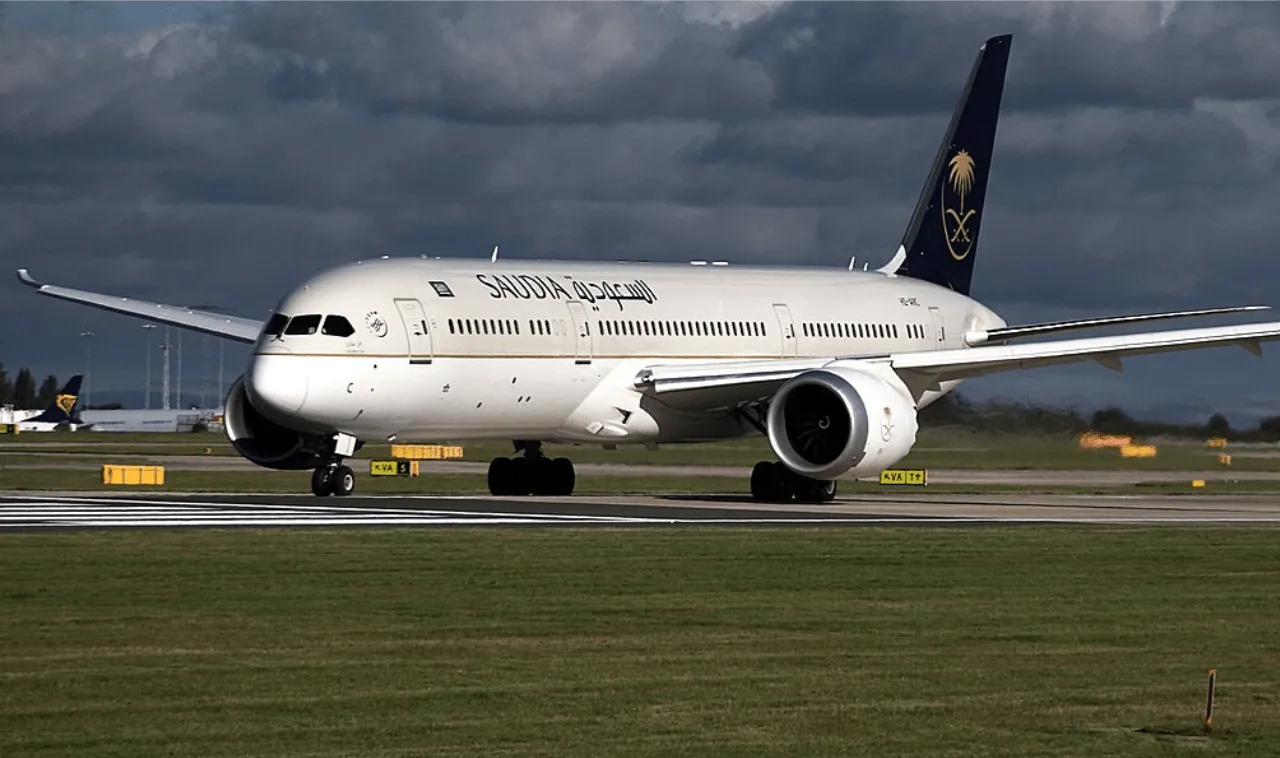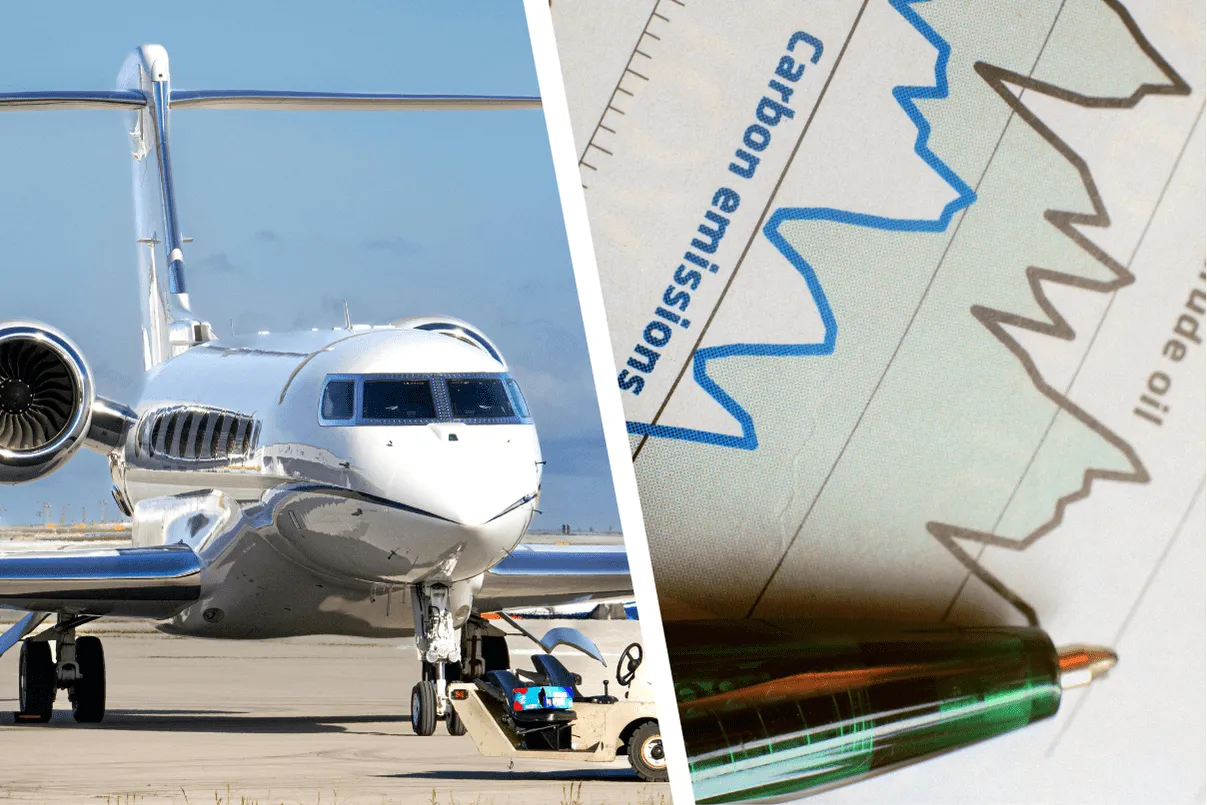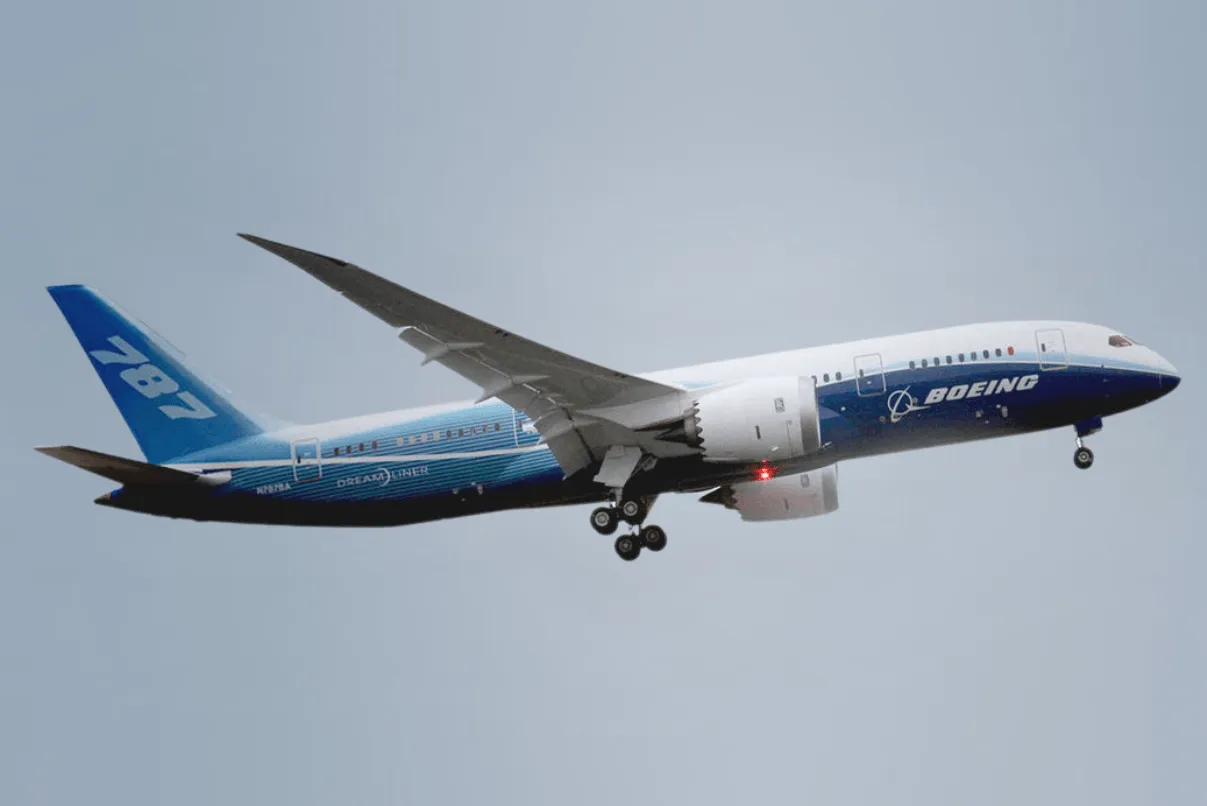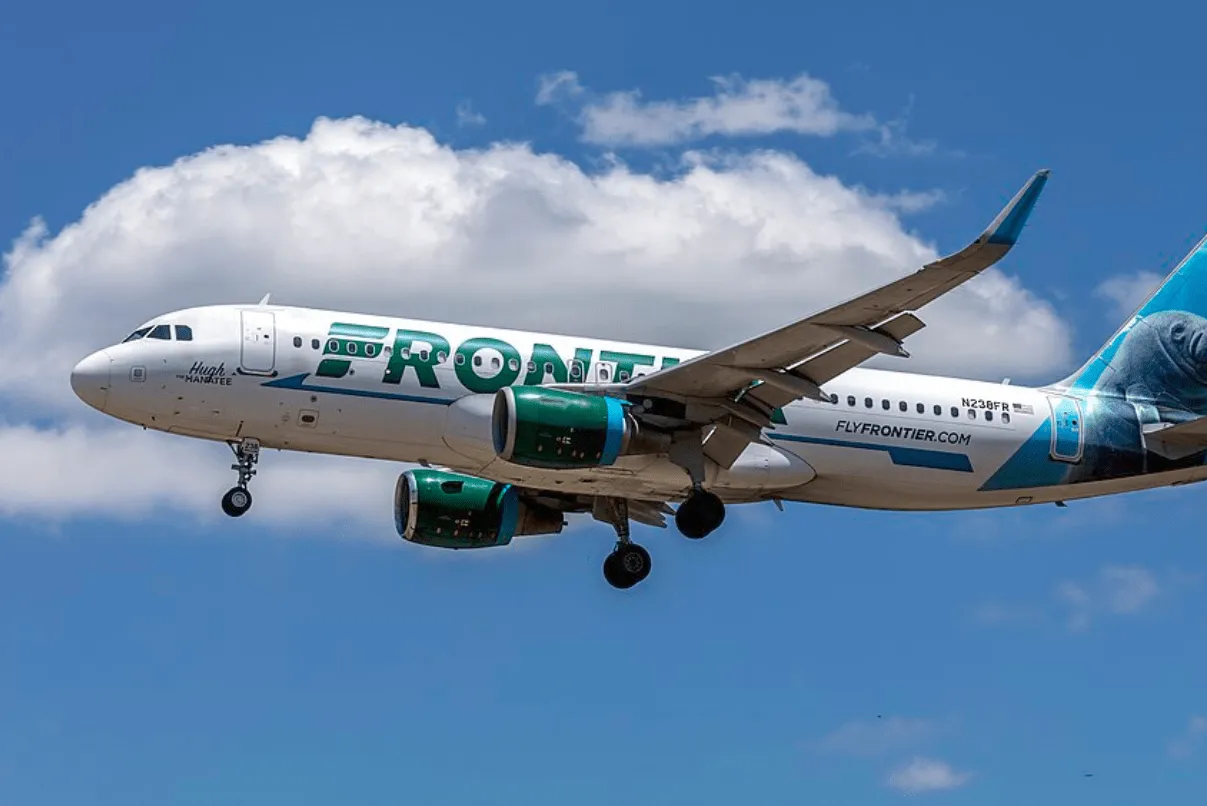LIVT Lifestyle Blogs
Whispers in the Sky: How Private Jets Stay Connected in Flight
- PUBLISHED ON
- Pilots rely on VHF radios, satellite communication (SATCOM), and data links to stay connected with air traffic control and operations centers throughout the flight from Phoenix to Sedona.
- Modern private jets offer high-speed Wi-Fi and real-time data updates, allowing passengers to stay productive, stream entertainment, and remain in touch while in the air.
- Private jet charter memberships and Private Turboprop Charter provide travelers with access to aircraft equipped with the latest communication technologies, ensuring a smooth and connected journey.

The sun blazes down on the tarmac at Phoenix Sky Harbor International Airport (PHX), casting long shadows from a sleek Cessna Citation CJ4 poised for departure. Its destination: the red rock wonderland of Sedona, a short but scenic flight across the Arizona desert. While the passengers settle into their plush leather seats, a symphony of unseen communication networks hums to life, ensuring their journey is not only comfortable but also safe and efficient.
In the cockpit, the captain, a veteran pilot with years of experience navigating the southwestern skies, conducts his pre-flight checks with practiced ease. He runs his fingers over the instrument panel, verifying the status of the aircraft’s communication systems, the invisible threads that connect him to the world beyond the cockpit windows.
Testing VHF radios for clear communication with ATC
First, he tests the VHF radios, the workhorses of aviation communication. These radios will be his primary link to air traffic control (ATC), allowing him to receive clearances, instructions, and vital information about weather and airspace conditions throughout the flight. He contacts ground control, requesting permission to taxi, his voice mingling with the chatter of other pilots and controllers, a constant reminder of the bustling airspace around a major airport.
As the CJ4 taxis towards the runway, the captain switches frequencies, connecting with the tower controller who will guide him through his takeoff and initial ascent. With a final clearance granted, the jet accelerates down the runway, lifting off into the azure sky. As they climb away from the sprawling cityscape of Phoenix, the responsibility for the aircraft is handed off to the departure controller, who monitors their progress through radar and communicates via radio, ensuring safe separation from other departing traffic
Advanced communication technologies in modern private jets
While radio communication remains essential, modern private jets like this CJ4 are equipped with a suite of advanced communication technologies. The captain glances at the multi-function display, where a satellite communication (SATCOM) system provides real-time weather updates and allows for text communication with ground-based operations centers. Though less critical on a short flight like this one, SATCOM becomes invaluable on longer journeys over oceans or remote areas where ground-based radio signals are limited. To learn more about aircraft communications you can visit the FAA page.
Data links further enhance communication efficiency. Instead of relying solely on voice communication, pilots can exchange text messages with ATC, reducing the risk of misunderstandings and streamlining communication. These systems also transmit critical flight data, such as aircraft position and altitude, providing controllers with enhanced situational awareness.
Throughout the flight to Sedona, the captain stays in constant contact with ATC, navigating through different airspace sectors and receiving updates on weather conditions and potential traffic conflicts. As they approach Sedona Airport (SDX), nestled amidst the stunning red rock formations, he switches frequencies to contact the approach controller, who guides him through the final stages of the flight and provides clearance for landing.
Read Also: Taking Flight: Exploring Popular Private Jet Routes – From Las Vegas to Telluride and Beyond
Beyond the cockpit, passengers enjoy their own communication haven. The CJ4’s cabin is equipped with high-speed Wi-Fi, allowing them to stay connected with the world below. They browse the internet, respond to emails, and even stream movies, enjoying the comforts of modern connectivity while soaring above the breathtaking Arizona landscape.
For those considering a private jet journey between Phoenix and Sedona, options abound. Private turboprop charters offer a cost-effective way to experience the beauty of the region, while private jet charter memberships provide access to a fleet of aircraft, including those with the latest communication technologies. When booking a charter flight or selecting a membership program, it’s worth inquiring about the specific communication systems available on the aircraft to ensure a seamless and connected flying experience. To learn more about how private aviation can enhance business travel, visit the LIVT business solutions page on livt.life.
In conclusion, the flight from Sedona to Phoenix is not just a journey across physical space; it’s a testament to the power of communication in modern aviation. From the traditional crackle of VHF radios to the silent efficiency of data links and the ubiquitous connectivity of in-flight Wi-Fi, these systems work in harmony to ensure a safe, efficient, and enjoyable experience for everyone on board. As technology continues to evolve, the future of private jet travel promises even greater levels of connectivity, further blurring the lines between the sky and the ground below.
Latest LIVT Lifestyle Blogs
Latest Aviation News
FAQs
How do private jets maintain communication during flights?
Private jets use VHF radios, satellite communication (SATCOM), and data links to stay connected with air traffic control and ground operations.
Why is satellite communication important for private jets?
SATCOM provides real-time weather updates and allows text communication, especially useful for flights over remote areas where radio signals are limited.
How do data links improve private jet communication?
Data links enable pilots to exchange text messages with ATC, reducing miscommunication and transmitting critical flight data for better situational awareness.
LIVT Lifestyle Blogs
Whispers in the Sky: How Private Jets Stay Connected in Flight
- PUBLISHED ON
- Pilots rely on VHF radios, satellite communication (SATCOM), and data links to stay connected with air traffic control and operations centers throughout the flight from Phoenix to Sedona.
- Modern private jets offer high-speed Wi-Fi and real-time data updates, allowing passengers to stay productive, stream entertainment, and remain in touch while in the air.
- Private jet charter memberships and turboprop charters provide travelers with access to aircraft equipped with the latest communication technologies, ensuring a smooth and connected journey.

The sun blazes down on the tarmac at Phoenix Sky Harbor International Airport (PHX), casting long shadows from a sleek Cessna Citation CJ4 poised for departure. Its destination: the red rock wonderland of Sedona, a short but scenic flight across the Arizona desert. While the passengers settle into their plush leather seats, a symphony of unseen communication networks hums to life, ensuring their journey is not only comfortable but also safe and efficient.
Latest LIVT Lifestyle Blogs
Latest Aviation News
LIVT Lifestyle Blogs
Whispers in the Sky: How Private Jets Stay Connected in Flight
- PUBLISHED ON
- Pilots rely on VHF radios, satellite communication (SATCOM), and data links to stay connected with air traffic control and operations centers throughout the flight from Phoenix to Sedona.
- Modern private jets offer high-speed Wi-Fi and real-time data updates, allowing passengers to stay productive, stream entertainment, and remain in touch while in the air.
- Private jet charter memberships and turboprop charters provide travelers with access to aircraft equipped with the latest communication technologies, ensuring a smooth and connected journey.

The sun blazes down on the tarmac at Phoenix Sky Harbor International Airport (PHX), casting long shadows from a sleek Cessna Citation CJ4 poised for departure. Its destination: the red rock wonderland of Sedona, a short but scenic flight across the Arizona desert. While the passengers settle into their plush leather seats, a symphony of unseen communication networks hums to life, ensuring their journey is not only comfortable but also safe and efficient.
LIVT Lifestyle Blogs
Latest Aviation News
- Ensuring Secure Flights to Telluride from Austin: A Guide to VIP Private Jet Security - March 7, 2025
- Private Jet Customization: Creating a Mobile Office for Direct Flights to Telluride, Colorado and beyond - March 3, 2025
- Ensuring Safety at 40,000 Feet: Emergency Protocols on Private Jets and Your Flight to Telluride from Austin - March 1, 2025






